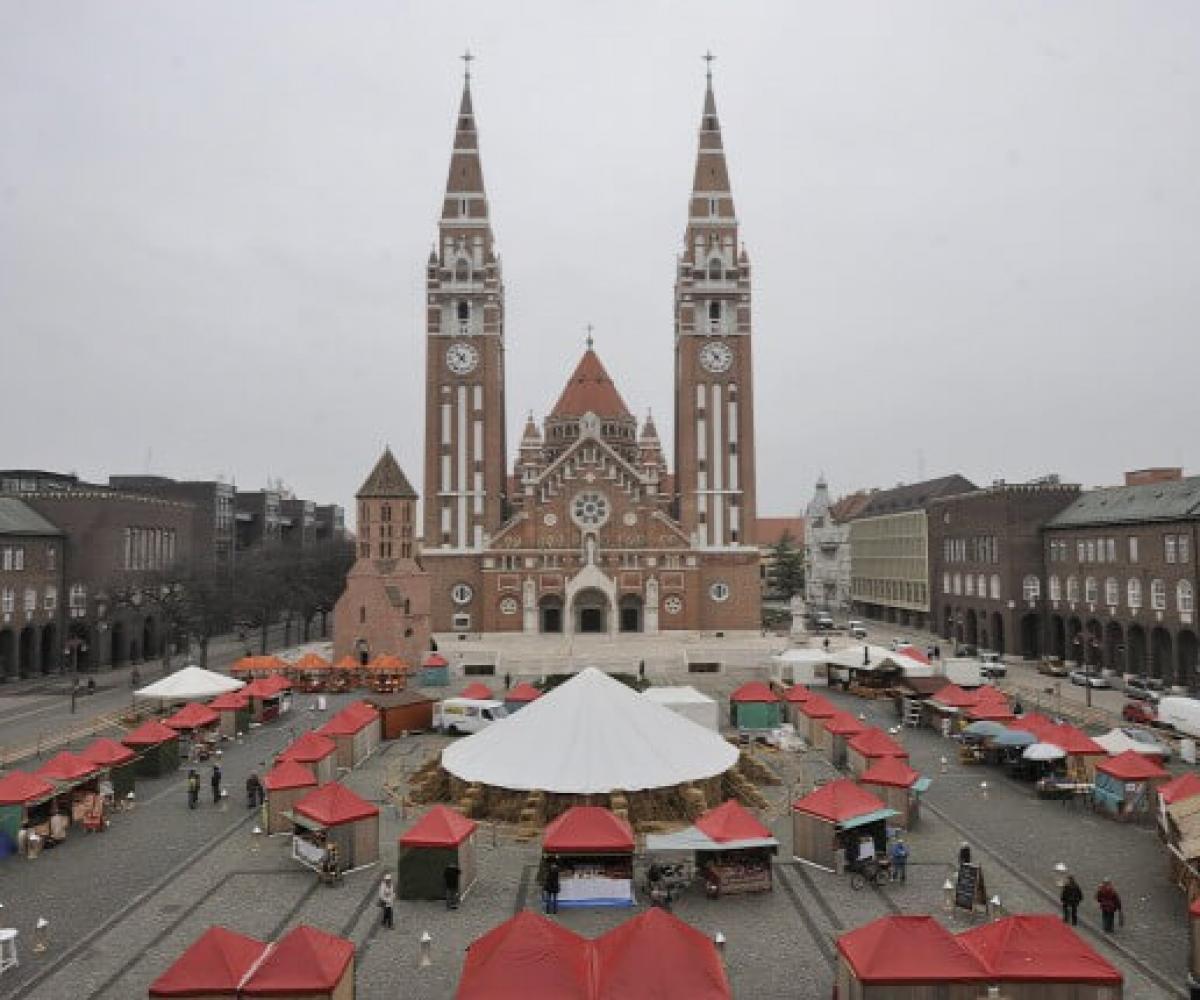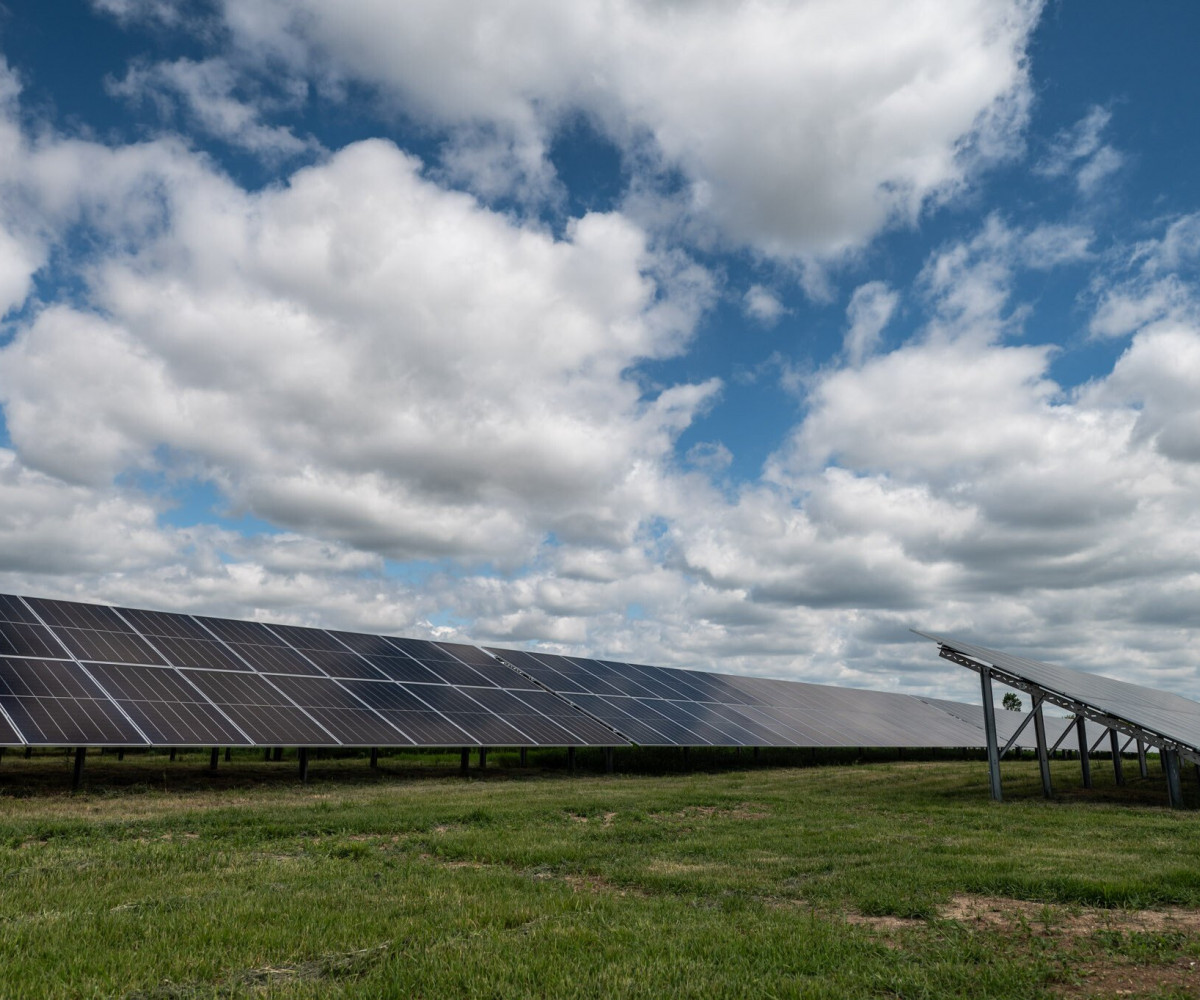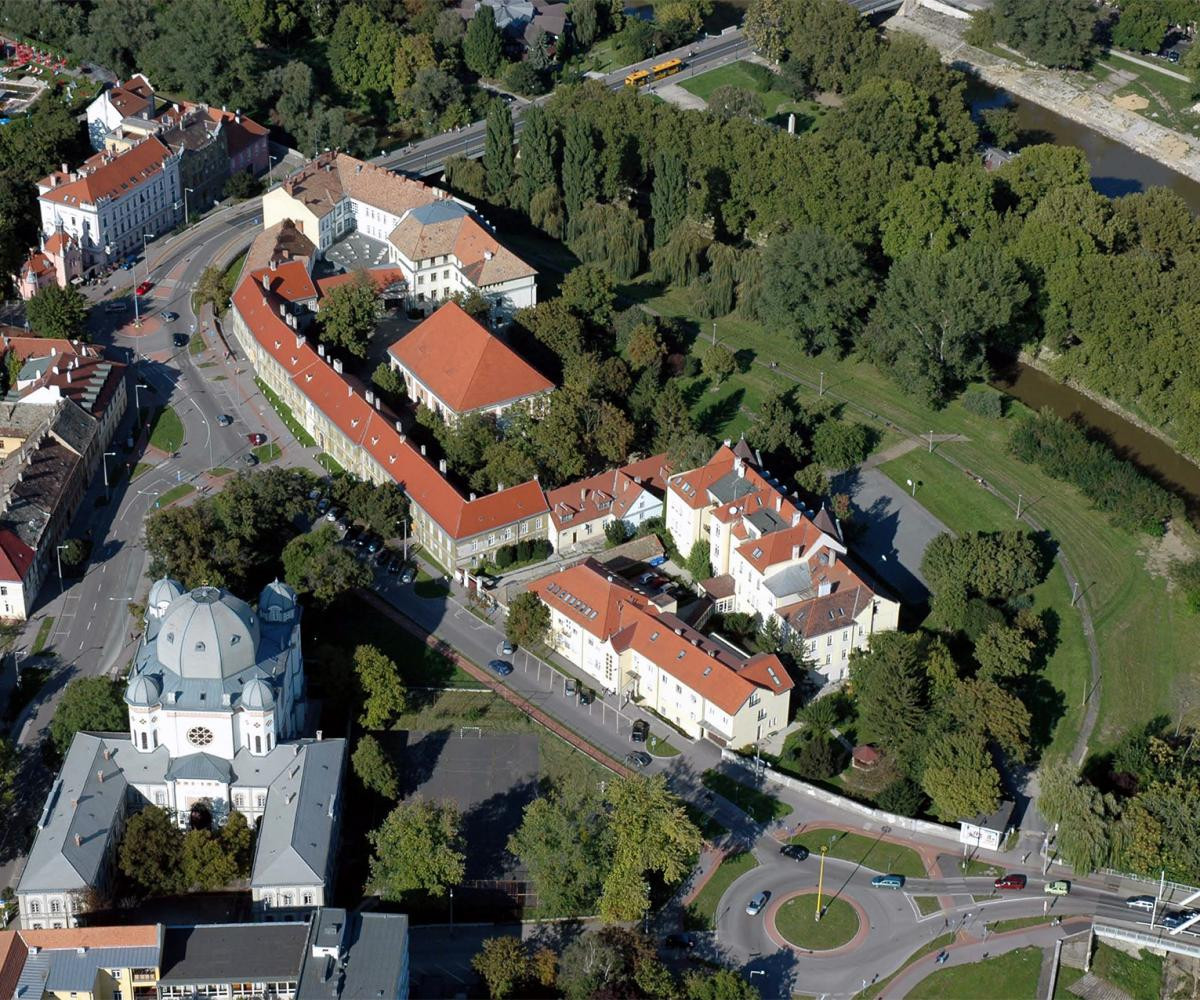Now is the time to visit the Szeged cathedral
2016-01-22 News

Within the framework of trial operation can the renewed Szeged cathedral be visited from Wednesday. The defining monument of Szeged that was reconstructed of more than two billion HUF is ready to accept visitors from an architectural point of view-informed Klára Szeberényi press agent of Szeged-Csanád catholic diocese the MTI. The next step is to survey the capacity of visitors’ centre created under the cathedral’s foresteps.
During the trial operation running until the end of January only some parts of the building will be open to the public: the foresteps, the liturgical space will be accessible, furthermore the permanent exhibition of the diocese’s collection can be viewed and the visitors can familiarize themselves with Szeged’s bygone and Cathedral’s architectural history too. The cathedral’s liturgical space- during the cathedral’s opening hours- after the trial operation can still be visited free of charge.
Horthy was present at the consecration
The Szeged aldermen made an oath to build a cathedral after the flood in 1879 that destroyed the settlement. The first designs of the Cathedral were drawn by Frigyes Schulek, and then based on the revised ideas of Ernő Foerk did the works begin in 1913. The foundation stone ceremony was on 21 June 1914, but the construction came to a halt with the outbrake of world war I. Commencing the execution which was restarted in 1923 the solemn consecration took place on 24 October 1930 in the presence of Miklós Horthy and Kunó Klebelsberg Minister of Culture.
As the result of the works of a value of 2 billion HUF financed mainly from EU funds and started in June 2014 the church and its surroundings have been renewed. In the crypt of the cathedral rooms suitable for organizing cultural and public events and under the forestairs a visiting centre were created. The external and internal blemishes of the church were corrected in a way that it doesn’t affect the appearance of the church.
Separating believers and tourists
In the internal space the sanctuary’s baldachin will be placed under the cupola, so the believers can surround the priest performing the ceremony and it will also be made possible to separate during the time between ceremonies the touristical profane space from the sacred space serving as a retreat for beliveres.
Source: www.origo.hu

